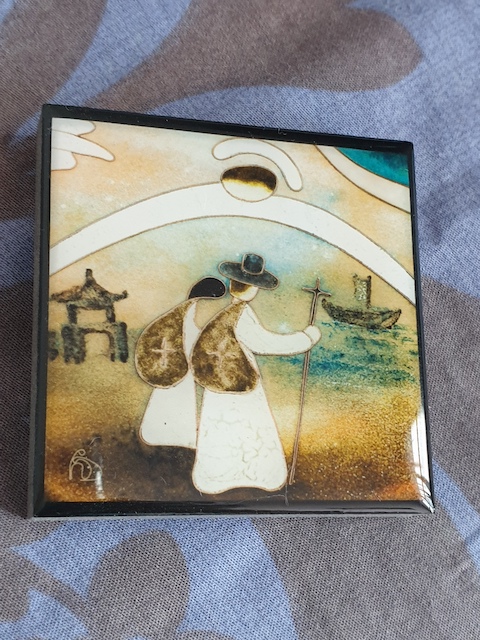Author Thomas Green called a prayer retreat a vacation with the Lord. My experience of retreat did not bear that out. Certainly not during those years when I was pastoring. Those retreats were not vacations, but more like intense wrestling with God and myself. Now that I have retired from the pastorate (but not from […]
There were three retreats in the whole 21 months program. The learning is very experiential. They began with a short retreat with input, followed by a longer silent retreat with spiritual direction, and now this is the longest of the three, eight days of directed silent retreat, with half day to begin in prayer and […]
This beautiful image with a magnet for the refrigerator was given by Teresa Hogan, a friend from the faith sharing group I am in. She bought it from the famous Myeongdong Cathedral in Seoul, Korea. When I beheld the 4cm square print of a painting (see above), it straightaway struck me as a beautiful image […]


